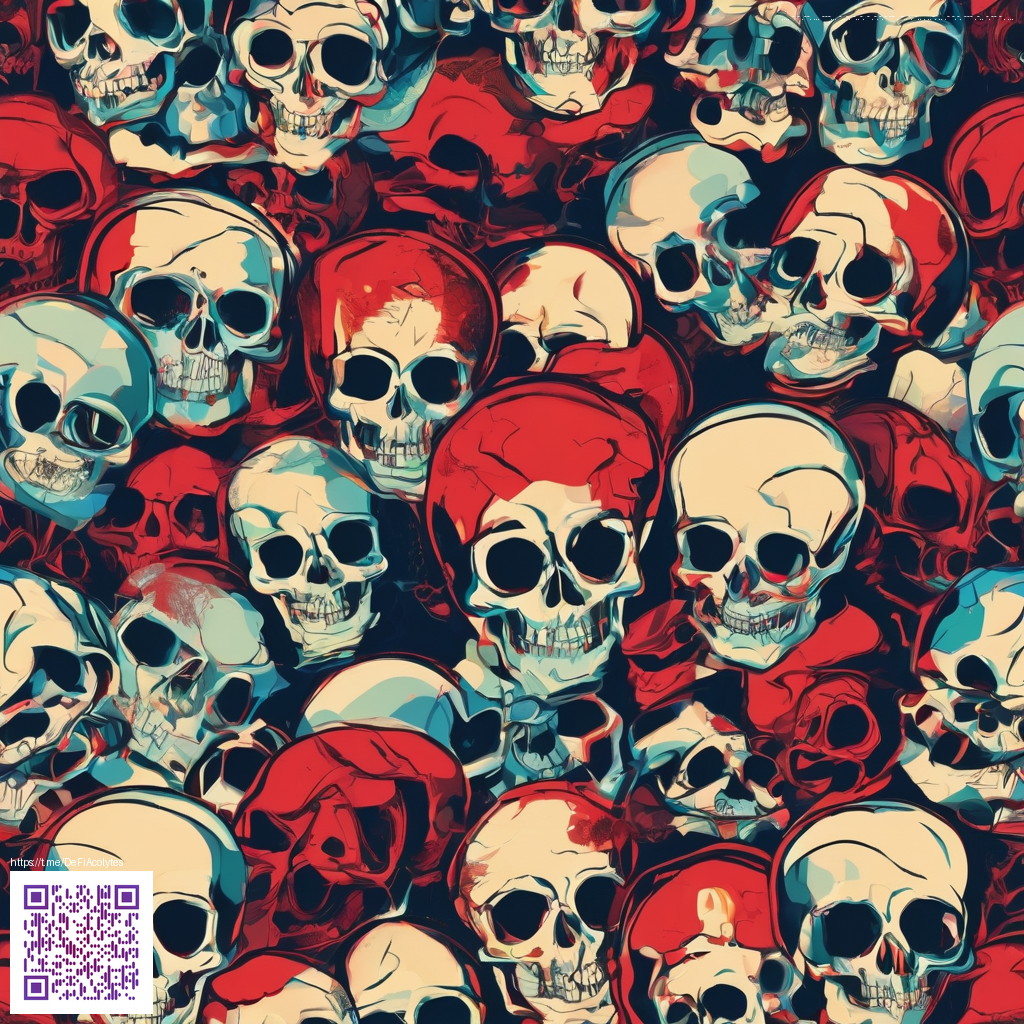
Apex Legends Sequel Wishlist Features Fans Crave for the Next Installment
The roster and adrenaline fueled battles of Apex Legends have kept a devoted community glued to the screen for years. As the chatter about a future installment grows louder, players aren’t just asking for prettier menus or shinier skins. They want meaningful gameplay evolution that respects what makes the original shine while pushing the ceiling higher. This wishlist blends practical design, community insight, and tangible updates that could turn a promising concept into a legendary follow up.
What fans crave most is a balanced blend of polish and experimentation. The core feel of Apex—fast decision making, tight gunplay, and nuanced movement—needs to be preserved, while new systems offer fresh ways to outthink opponents. The following sections draw from a broad slice of community conversations and existing game design patterns, aiming to map out a sequel that rewards skill, teamwork, and creativity without tipping into chaos.
Core gameplay refinements
- Predictable, rewarding gunplay across weapon families The sequel should tighten recoil models and ensure consistent hit registration so precision triumphs over luck. Players want a sense that mastering a weapon for aims is a deliberate, repeatable craft rather than a roll of the dice.
- Deeper traversal without breaking pacing A refined movement system could offer new options for vertical play and situational mobility, while keeping gunfights readable. Think alternative routes, situational boosts, and balanced mobility that invites daring plays without compromising line of sight on enemies.
- Enhanced ping and comms tooling A smarter, more context aware ping system could translate quick notes into precise in match plans, enabling strangers to function like a well oiled squad with minimal chat. This is a natural evolution of a mechanic the community already loves.
- Weapon variety and early game pacing A wider spread of viable options in every class, with early game encounters feeling meaningful rather than clip to clip randomness. Tactical versatility should reward thoughtful loadouts and position rather than brute force alone.
Map design and game modes
- Dynamic, living maps Environments that respond to weather, time of day, and in match events would create new hotspots and force adaptive tactics. Players would learn to read weather cues, set up fights around shifting terrain, and exploit temporary advantages without breaking game balance.
- Fresh modes and objective focused play Limited time modes that experiment with different win conditions keep the meta vibrant. Modes that reward positional play, coordinated rotations, and team based objectives would complement traditional battle royales while inviting new strategies.
Community health, updates, and transparency
Players consistently respond to clear communication. A sequels success hinges on a cadence that honors time spent grinding and delivers patch notes that are honest and actionable. Regular developer diaries, transparent patch summaries, and direct involvement with community Q and A sessions can turn frustration into constructive collaboration 🎮.
Beyond patch notes, fans want a strong post launch plan with predictable seasons, balance tweaks, and a path toward addressing long standing quality of life concerns. If a sequel can marry consistent content drops with meaningful balance work, it earns trust along with every new battle pass and event.
Modding culture and content creation
Modding culture thrives when fans feel empowered to create and share inside safe, supported channels. A sequel could embrace curated mod friendly tools and sanctioned custom modes that let creators prototype variants, new maps, and community led challenges. Official hostable lobbies, creator toolkits, and robust sandbox options would encourage experimentation while keeping matchmaking stable and progression secure.
Accessibility and quality of life
Accessibility remains a compass that guides design decisions. UI clarity, scalable text, color options for colorblind players, and audio balancing are not afterthoughts they are fundamental. When accessibility features are thoughtful and comprehensive, more players can participate in the thrill of victory and the sting of near misses.
Developer commentary and player trust
Fans crave ongoing dialogue from the studio behind the series. A sequence of public roadmaps, design rationales, and candid discussions about balancing decisions can turn a good sequel into a beloved one. The studio voice matters as much as the gameplay itself because it frames the journey as a shared adventure with players as true co designers.
Respawn Entertainment has historically leaned into community engagement and iterative design. A future entry that maintains transparency while pushing bold gameplay can deepen that trusted relationship and make every season feel earned.
Equipment matters in the heat of a match, too. A steady mouse action can mean the difference between landing a crucial moment and watching a clutch play slip away. Consider pairing your strategy with reliable gear such as the Non-slip Gaming Mouse Pad to keep tracking steady during intense firefights. It’s a small upgrade with a big payoff when you’re chasing the next legend win.
As the franchise looks toward a new chapter, the wishlist presented here is not merely wishful thinking. It reflects a balance between core identity and aspirational growth, a path that could honor the series origins while inviting new players into the arena. With thoughtful iteration, a sequel could elevate the whole ecosystem from matchmaking to modding, from esports readiness to community storytelling, all while maintaining the sense of fun, chaos, and camaraderie that defines the Apex experience 🎯.
Non-slip Gaming Mouse Pad